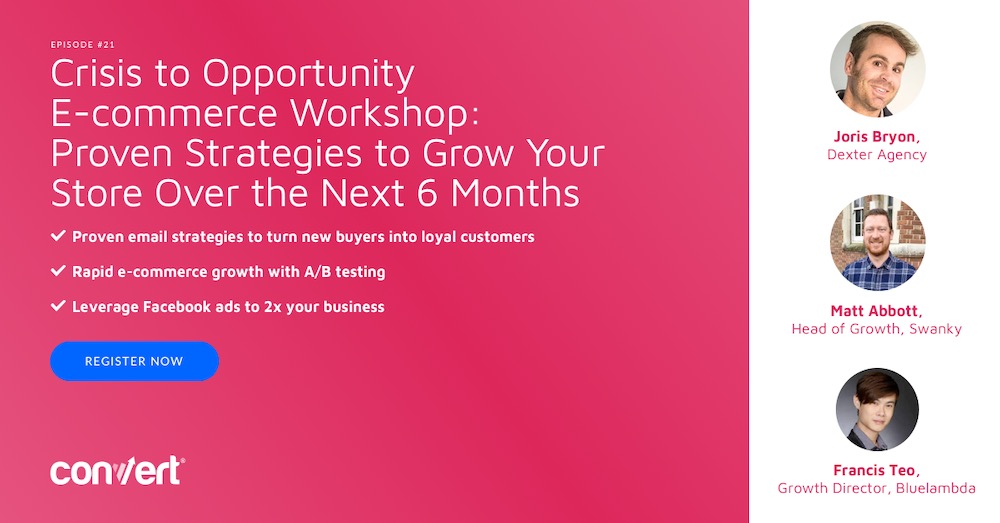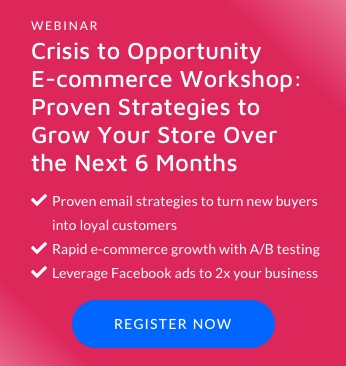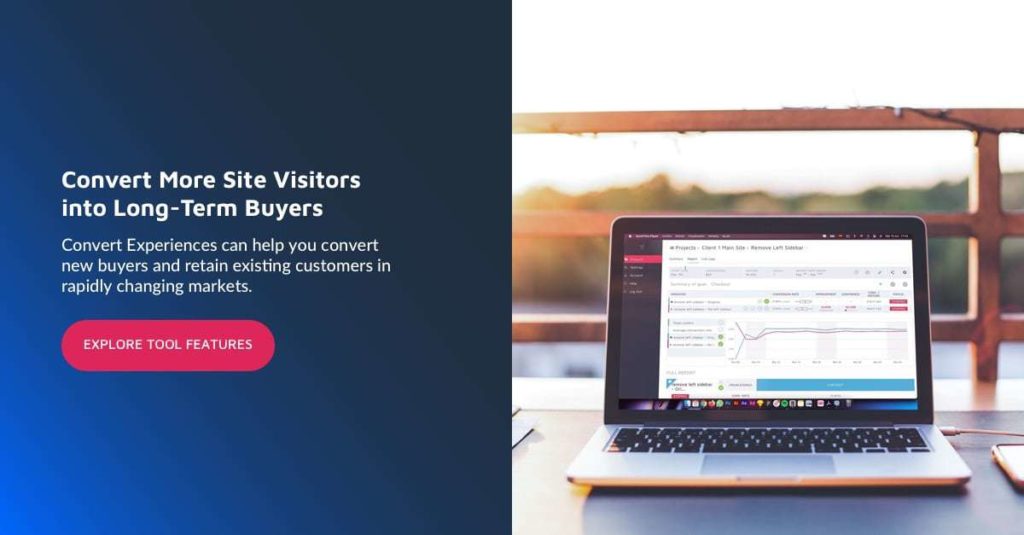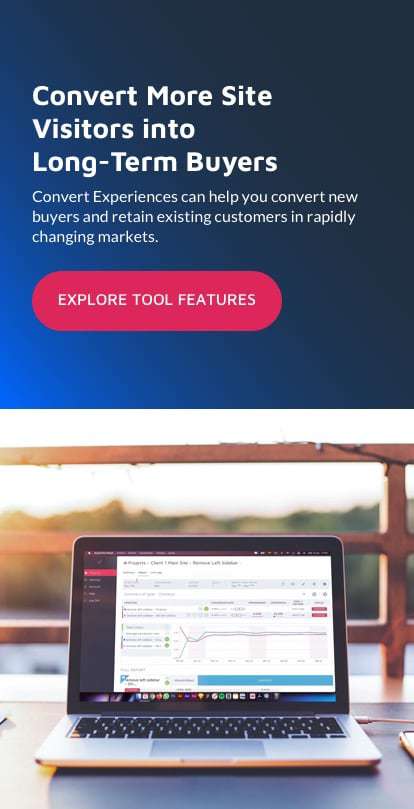4 Challenges You Need To Conquer When Optimizing Ecommerce Websites

What is the goal of optimizing ecommerce websites?
Your answer is conversions, obviously! Another answer may be improving user experience to boost sales and revenue. Another may be boosting engagement. Or staying time on your ecommerce site so visitors can find what they are looking for and buy more.
Whatever your answer, it all boils down to improving conversions and revenue.
But optimizing conversion rates and increasing revenue on an e-commerce site come with a few challenges you need to solve.
Cart Abandonment
Cart abandonment is one of the biggest challenges facing ecommerce businesses. Even giant ecommerce companies like Amazon are not immune. As of March 2020, 88.1% of all online shopping orders were abandoned. The cart abandonment rate is 88.1%.
Even with the growth of online sales during the pandemic, optimizing ecommerce websites is still an important and ever ongoing task.
There are many reasons visitors may leave their orders unfinished. Extra costs for shipping, creating an account, confusing checkout and payment security concerns may cause customers to leave.
How to Reduce Cart Abandonment on Your Website
- Integrate Convert Experiences with your ecommerce platform.
Convert offers integrations with Shopify, Magento, WooCommerce, BigCommerce, NopCommerce, PrestaShop and Volusion.
- Set up revenue tracking automatically or manually in Google Analytics.
You can also use other web analytics tools like Adobe Analytics, Heap, Matomo analytics and more!
- Use a behavioral analysis tool like Hotjar or Crazy Egg to get insights into customer behavior.
Once you have identified the issues, go back into Convert Experiences. Write out your hypothesis in Compass and prioritize it. Design your challenger and launch a test.
A/B Testing Example of Reducing Cart Abandonment
InsightWhale is a Convert partner CRO agency. A Travel company hired them because their customers were getting stuck on the checkout form on their deal page. Using Google Analytics, InsightWhale found that the checkout form had a very sharp drop-off.
The company hypothesized that the long multi-column form with 8 compulsory fields was frustrating customers and causing confusion. Reducing the form fields, updating design and copy will increase the number of people who checked out, i.e., conversions.
InsightWhale used Convert Experiences and designed two challengers: both with 3 compulsory fields. Variation 1 had 5 optional fields showing while variation 2 had its optional fields hidden. Launched their experiment, which ran for 45 days.
At the end of the experiment, both challengers beat the original. Variation 2 beat the variation 1 and led to a 26% increase in conversions on their deal page. You too can achieve the same lift on your website.
The best way to check out a tool is by exploring it. Get full access to Convert for 15-days for free. A/B test, check out all our integrations and see why so many optimizers chose Convert Experiences as an Optimizely alternative.
Mobile Conversions
Increasing mobile conversions is another problem to overcome when optimizing ecommerce websites. Mobile ecommerce has been steadily growing over the years. Experts say mobile ecommerce will account for 54% of all retail ecommerce by 2021.
Prioritizing mobile experience in ecommerce site optimization is important. In the case study above, InsightWhale’s analysis found that 72% of traffic to that page came from mobile sources. Optimizing the website for mobile users, which meant removing complex forms, helped boost conversions by 26%.
Your website may still have sources of frustration for users, even when it loads fast and is responsive.
How to Boost Mobile Conversions
- To find the hidden sources of frustrations for mobile users, go into Audience > Technology > Browser & OS. Set screen resolution as a primary dimension.
- Look at the report to see if conversions hold steady across different screen resolutions. A disparity in conversion rates for both lower and higher resolution screens shows there is a problem. The problem could be a bad user experience on lower screen resolutions on your website.
- Deploy a behavioral analysis tool like Hotjar or Lucky Orange to find out more. This will provide more insights so you can posit a hypothesis on how to fix conversions for lower screen resolutions.
- In Convert Experiences, you can design variations to test your hypothesis and bucket mobile users in an experiment. Launch your experiment and fix your mobile conversions.
Personalization at Scale
Personalization has gone beyond just adding names to emails. Both B2C and B2B Customers expect a personalized experience when they visit your ecommerce website. Providing a personalized experience to customers is important because personalizations can boost conversions and user experience.
Optimizing ecommerce websites requires a proper personalization strategy. The audience segment plays an important role in your personalization strategy. It allows you to communicate with customers based on their location, browsing behavior, buyer journey and more.
Targeting customers in a region you cannot serve because of the delivery delays is a great way to use personalizations. You can segment customers based on location and serve them personalization on certain products that cannot be delivered to their region. This will reduce frustration and provide exceptional customer experience.
My 1st Years is an ecommerce site that sells baby focused products. The site used personalization to target certain items in their store and show delivery range during a lockdown.

How to Personalize at Scale Using Convert Experiences
- In your Convert Experience App, go into Experiences. Click on New Experiences in the top right corner.
- Select new Personalization. Then fill in the name and URL of the page where the personalization will be.
- Use the Visual Editor to create the changes you want
- Save your personalization and click on continue to exit the visual editor.
- Click on Audience to choose who you will target with this personalization
- Choose an audience from the Presets or create a custom audience. Convert offers advanced audience segmentation to make this targeting as granular as possible.
- Activate your Personalization! And you can target personalized messaging to customers!
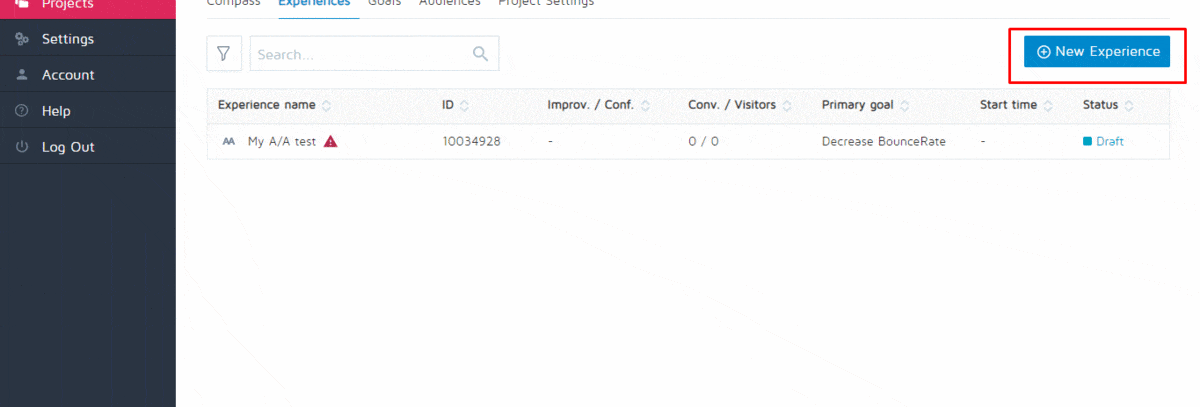
Attributing Revenue to New Changes
Attributing revenue to new changes on the website is not customer focused. But it is a challenge many optimizers must face as they work on optimizing ecommerce websites. There is always pressure from C-suite to prove these changes in variants are actively increasing the bottom line.
Being able to track how changes in your challengers are contributing to revenue is crucial. It enables you to show the value of your optimization program and how it is actively contributing to the bottom line.
In Convert Experiences, it is easy to show which changes are actively driving revenue and their contribution to it. Say you created a new “Related Products” section in your challenger. You can track whether this new feature is contributing to revenue.
The best way to check out a tool is by exploring it. Get full access to Convert for 15-days for free. A/B test, check out all our integrations and see why so many optimizers chose Convert Experiences as an Optimizely alternative.
After creating your variation, create two goals. The first goal tracks clicks on the “Related Products” section. The second goal tracks revenue generated on that page. Write down the goal ID of both goals.
- Then go into Goal Editor. Click on Create Advanced Goals tab.
- Select Page Tags
- Drag and drop the JS condition into the main menu on the right.
- Paste this code into the JS Condition text box: (XXXX in convert.currentData.goals) && (YYYY in convert.currentData.goals)
- Replace the XXXX and YYYY with the goal IDs you saved earlier. Name this goal and save it!
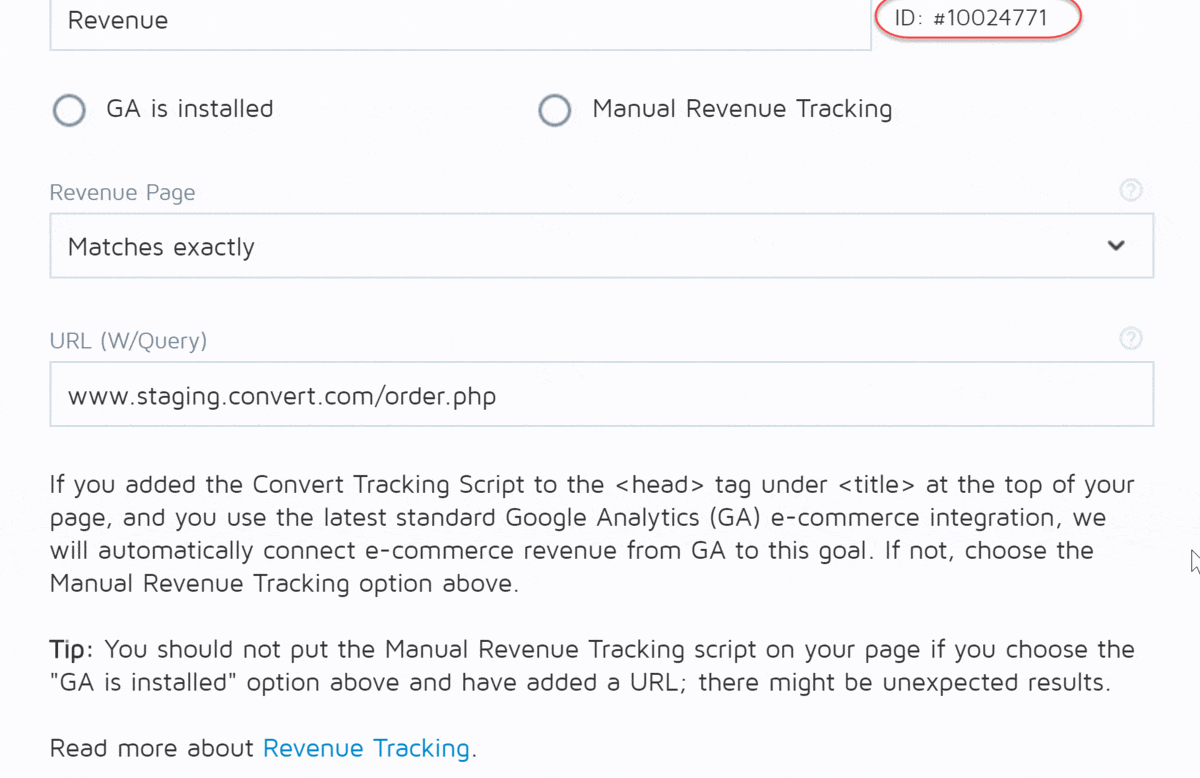
Now you can track how much your new feature is contributing to revenue. And make a case for your optimization program if needed!
Conclusion
Optimization exists to solve challenges. Optimizing ecommerce websites is no different. Solving customer-focused challenges boosts revenue and improves the experience on your website. Using revenue attribution when you optimize conversion rates will help you prove how effective your optimization program is.



